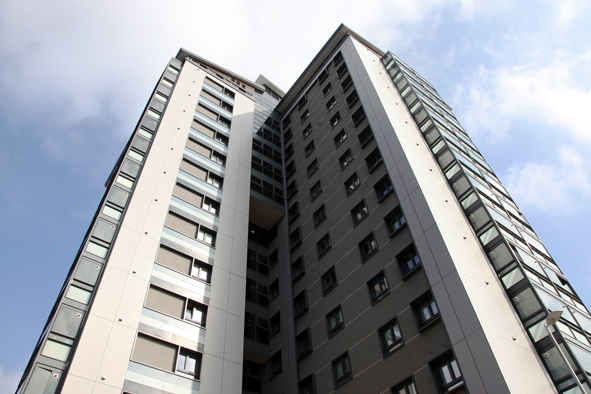Advanced welcomes Fire Safety Guidance for New High-Rise Residential Buildings

Fire protection solutions manufacturer, Advanced, has welcomed the amended Approved Document B of the Building Regulations as a “positive step in the right direction to improve fire safety in new high-rise residential buildings”.
Published on 1 June 2022, Part B (Fire Safety) offers new improvements to fire safety guidance to ensure tall buildings are made safer in England, as part of a wider package of reforms. A ‘significant’ addition to the document is the mandatory requirement for new residential developments over 18m to incorporate an evacuation alert system, offering new clarity for those involved in the design or construction of residential developments.



















